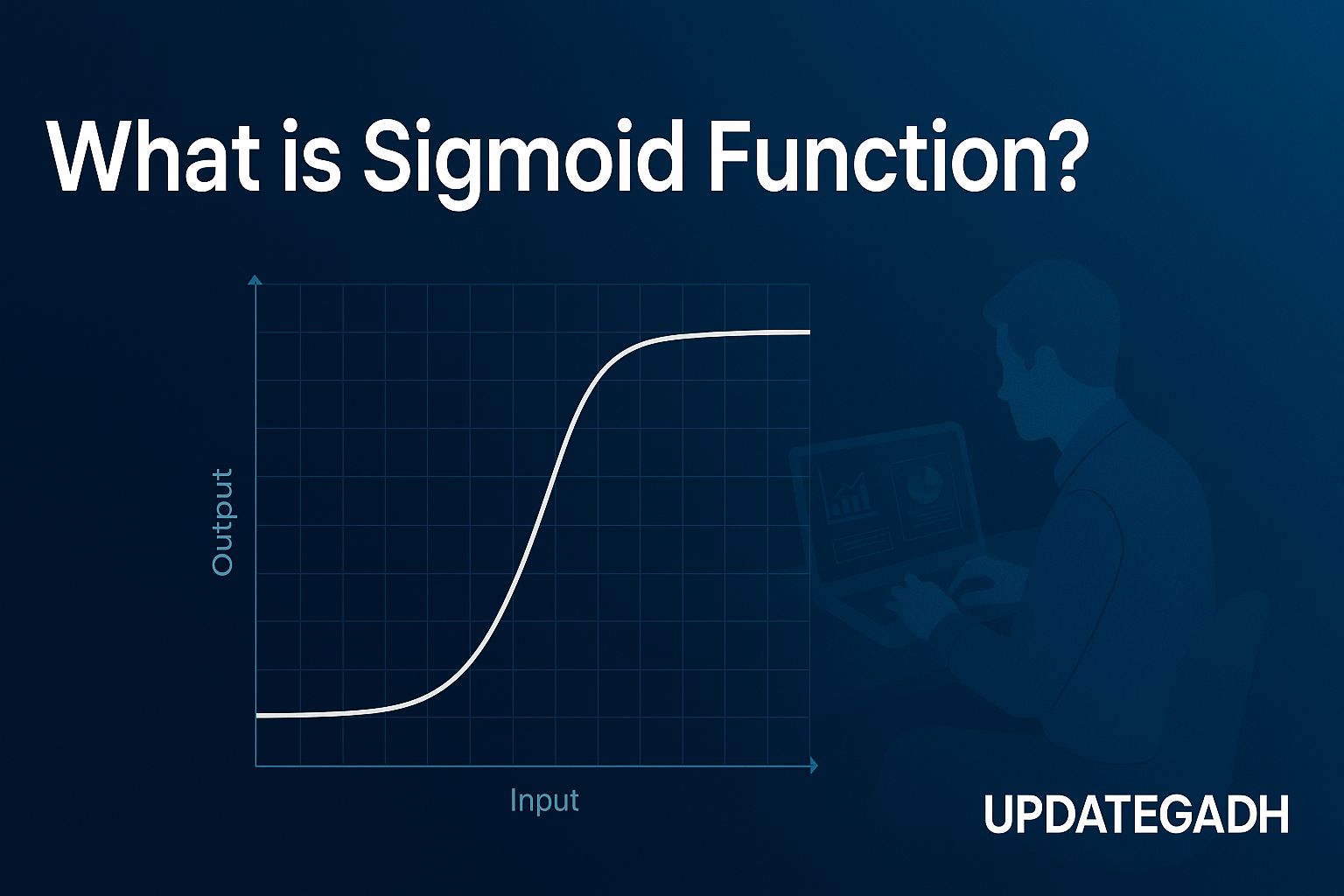
What is P-Value?
What is P-Value
Understanding Its Role in Hypothesis Testing and Data Science
The idea of the p-value is essential to the fields of statistics and data science in order to validate hypotheses and derive significant conclusions from data. Whether you’re analyzing the effectiveness of a new drug, comparing marketing strategies, or training machine learning models, p-values are often the deciding factor in determining whether your results are statistically significant.
Let’s break it down step by step and understand what a p-value really means, why it matters, and how it’s used.
Complete Python Course with Advance topics:-Click Here
SQL Tutorial :-Click Here
Data Science Tutorial:-Click Here
What is P-Value?
The probability value, or p-value, is a key idea in statistical hypothesis testing. It helps us evaluate whether the observed results from an experiment or study could have occurred just by chance—assuming that the null hypothesis (H₀) is true.
Simply put, the p-value tells us the probability of observing a result as extreme (or more extreme) than the one we got, under the assumption that the null hypothesis is correct.
Why is it Important?
In data science, where decisions often rely on patterns found in data, the p-value acts as a tool to filter noise from meaningful patterns. It helps in assessing the reliability of the observed outcome and avoiding incorrect assumptions.
Interpreting the P-Value
The p-value is between 0 and 1:
Strong evidence against the null hypothesis is indicated by a smaller p-value, which is usually less than 0.05. This implies that the outcome is statistically significant, and the null hypothesis may be rejected.
We are unable to reject the null hypothesis since a larger p-value (usually > 0.05) indicates poor evidence against it.
The significance level, or α, is this cutoff point, which is typically 0.05.
| P-Value | Decision on H₀ | Interpretation |
|---|---|---|
| < 0.05 | Reject H₀ | Statistically significant result |
| ≥ 0.05 | Do not reject H₀ | Result is not statistically significant |
Key Concepts Behind P-Value
To fully grasp the idea of p-value, you need to understand three foundational statistical concepts:
1. Hypothesis Testing
The process of testing an assumption (hypothesis) with data is known as hypothesis testing. There are two types of hypotheses:
- Null Hypothesis (H₀): Assumes that there is no relationship or effect.
- Alternative Hypothesis (H₁): Assumes a relationship or effect exists.
Using sample data, we test these hypotheses. We reject H₀ if the evidence clearly favours H₁.
Steps in Hypothesis Testing:
- Define the null and alternative hypotheses.
- Choose a significance level (α).
- Collect and analyze the data.
- Calculate the test statistic (e.g., z-score).
- Find the p-value.
- Compare the p-value to α and draw conclusions.
2. Normal Distribution
Most statistical tests assume the data follows a normal distribution—a symmetrical bell-shaped curve. In this distribution:
- At the centre is the mean (μ).
- The spread is determined by the standard deviation (σ).
The z-score, which indicates how many standard deviations a point deviates from the mean, is frequently computed. Using statistical tables or software, the z-score assists us in determining the matching p-value.
3. Statistical Significance
We compare the p-value with the significance level (α) to determine if a result is significant. This significance level is typically set to 0.05 or 0.01, depending on how strict the test needs to be.
If p < α, we conclude the result is statistically significant.
Errors in Hypothesis Testing
Statistical testing isn’t foolproof. Two types of errors can occur when making decisions based on p-values:
Type I Error (False Positive)
- Definition: When the null hypothesis is true, it is rejected.
- Probability: Equal to α (e.g., 5% if α = 0.05).
- Impact: Believes that there is an effect when in fact there isn’t.
Type II Error (False Negative)
- Definition: Failing to reject the null hypothesis when it is false.
- Probability: Denoted by β.
- Impact: Misses a real effect or relationship.
Reducing Type II errors often requires a larger sample size or adjusting α.
| Decision | Truth | Outcome |
|---|---|---|
| Accept H₀ | H₀ is true | Correct Decision |
| Reject H₀ | H₀ is true | Type I Error |
| Accept H₀ | H₀ is false | Type II Error |
| Reject H₀ | H₀ is false | Correct Decision |
The Importance of P-Value
In Statistics
In classical statistics, p-values are crucial in hypothesis testing, regression analysis, and model evaluation. They guide decisions on whether patterns in the data are genuine or just random noise.
In Data Science
In data science, especially in feature selection, p-values help determine whether a predictor variable has a significant relationship with the outcome variable. This is particularly helpful for A/B testing, logistic regression, and linear regression.
However, data scientists should not blindly follow p-values. In addition to statistical significance, they must take into account the effect magnitude, domain expertise, context, and practical significance.
Download New Real Time Projects :-Click here
Complete Advance AI topics:- CLICK HERE
Final Thoughts
The p-value is more than just a number—it’s a gateway to understanding whether your observations are likely due to chance or if there’s something real going on beneath the surface. In both statistics and data science, it provides a methodical way to validate claims, test hypotheses, and make informed decisions.
Stay tuned with Updategadh for more easy-to-understand guides on statistics, machine learning, and all things data science!
p-value formula
p-value significance
p-value greater than 0.05 means
p-value table
how to calculate p-value in excel
p-value calculator
null hypothesis p-value
p-value less than 0.05 means
p-value formula
p-value significance
p-value greater than 0.05 means
p-value table
how to calculate p-value in excel
p-value calculator
null hypothesis p-value
p-value less than 0.05 means
standard deviation formula










Post Comment